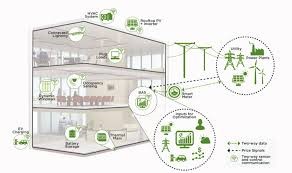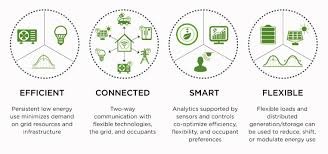Industrial
The Midwest has a substantial industrial and manufacturing base, with the industrial sector alone accounting for almost 35% of the region's total energy consumption. Nationwide, the industrial sector is the largest consumer of energy among utility customer sectors, responsible for over 30% of national energy consumption.
The industrial sector accounts for an impressive 40% of the Midwest's energy efficiency potential, making it the most significant opportunity for highly cost-effective energy savings.

